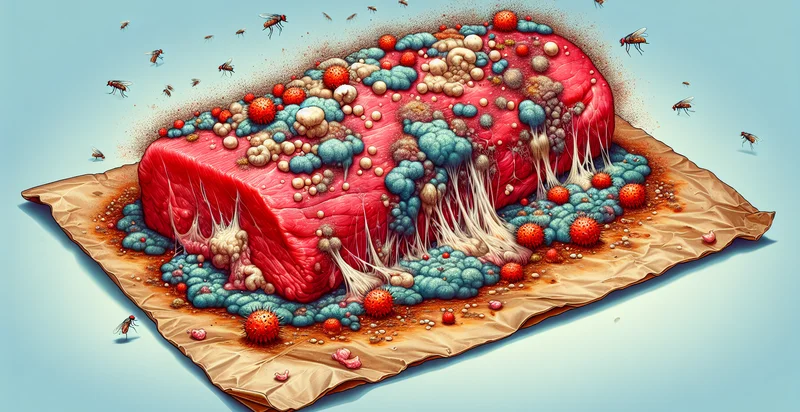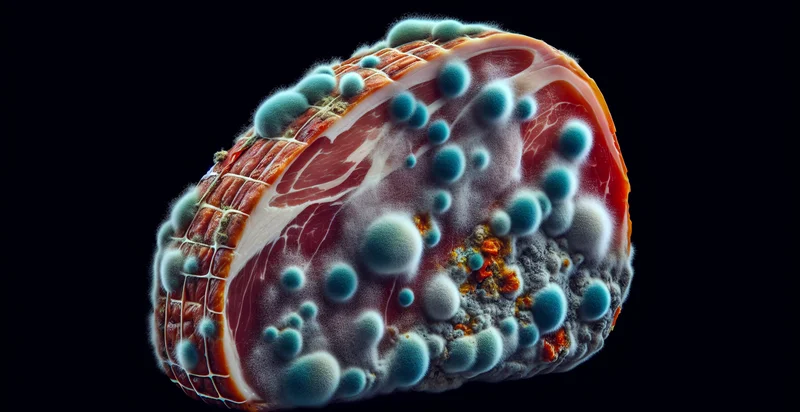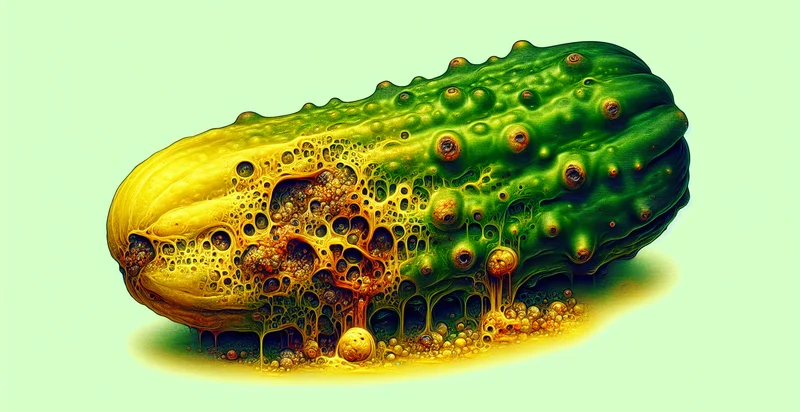Identify if ham is rotten
using AI
Below is a free classifier to identify if ham is rotten. Just upload your image, and our AI will predict if the ham is rotten - in just seconds.

Contact us for API access
Or, use Nyckel to build highly-accurate custom classifiers in just minutes. No PhD required.
Get started
import nyckel
credentials = nyckel.Credentials("YOUR_CLIENT_ID", "YOUR_CLIENT_SECRET")
nyckel.invoke("if-ham-is-rotten", "your_image_url", credentials)
fetch('https://www.nyckel.com/v1/functions/if-ham-is-rotten/invoke', {
method: 'POST',
headers: {
'Authorization': 'Bearer ' + 'YOUR_BEARER_TOKEN',
'Content-Type': 'application/json',
},
body: JSON.stringify(
{"data": "your_image_url"}
)
})
.then(response => response.json())
.then(data => console.log(data));
curl -X POST \
-H "Content-Type: application/json" \
-H "Authorization: Bearer YOUR_BEARER_TOKEN" \
-d '{"data": "your_image_url"}' \
https://www.nyckel.com/v1/functions/if-ham-is-rotten/invoke
How this classifier works
To start, upload your image. Our AI tool will then predict if the ham is rotten.
This pretrained image model uses a Nyckel-created dataset and has 2 labels, including Ham Is Fresh and Ham Is Rotten.
We'll also show a confidence score (the higher the number, the more confident the AI model is around if the ham is rotten).
Whether you're just curious or building if ham is rotten detection into your application, we hope our classifier proves helpful.
Related Classifiers
Need to identify if ham is rotten at scale?
Get API or Zapier access to this classifier for free. It's perfect for:
- Food Safety Compliance: The 'if ham is rotten' identifier can be used by food safety inspectors to automatically assess the quality of ham during inspections. By quickly identifying spoiled products, inspectors can reduce the risk of distributing unsafe food, ensuring compliance with health regulations.
- Retail Inventory Management: Supermarkets can implement this identifier to monitor ham in their inventory in real-time. This allows staff to quickly remove any spoiled products from shelves, improving food quality for customers and minimizing waste.
- E-commerce Quality Assurance: Online food retailers can utilize the function to check the freshness of ham before shipment. This ensures that customers receive high-quality products, enhancing customer satisfaction and reducing the rate of returns due to spoiled items.
- Automated Warehouse Systems: Integration of the identifier in warehouse management systems can enable automated detection of spoiled ham. This streamlines operations by efficiently sorting and managing inventory, ensuring that only fresh goods are shipped to retailers.
- Food Delivery Services: Delivery services can employ this identifier at various touchpoints to ensure that the ham being delivered is not spoiled. This boosts trust amongst consumers regarding food quality and enhances brand reputation.
- Restaurant Supply Chain Management: Restaurants can use the identifier to assess the quality of ham received from suppliers. By preventing the use of spoiled ham, restaurants can maintain culinary standards, minimize food waste, and uphold customer satisfaction.
- Consumer Product Applications: Consumer-facing applications can use this identifier to allow individuals to check the freshness of ham at home. By scanning packaged goods, users can confidently determine whether the ham is safe to consume, encouraging better food safety practices.


